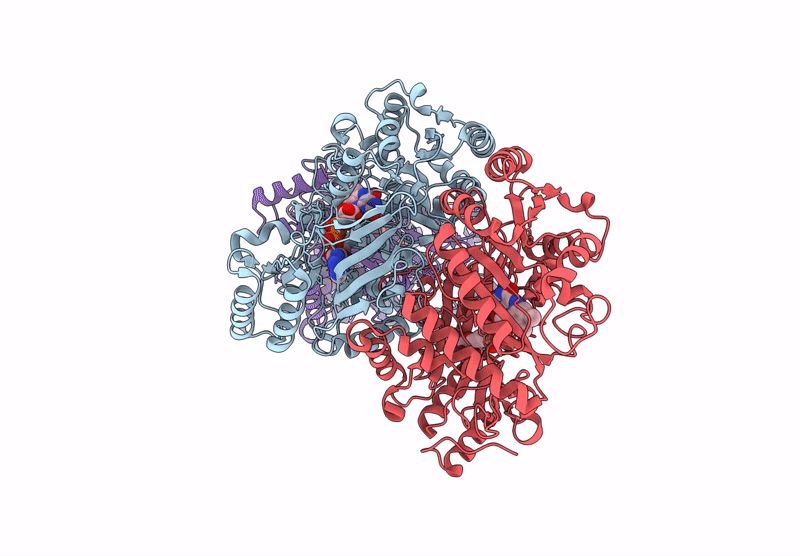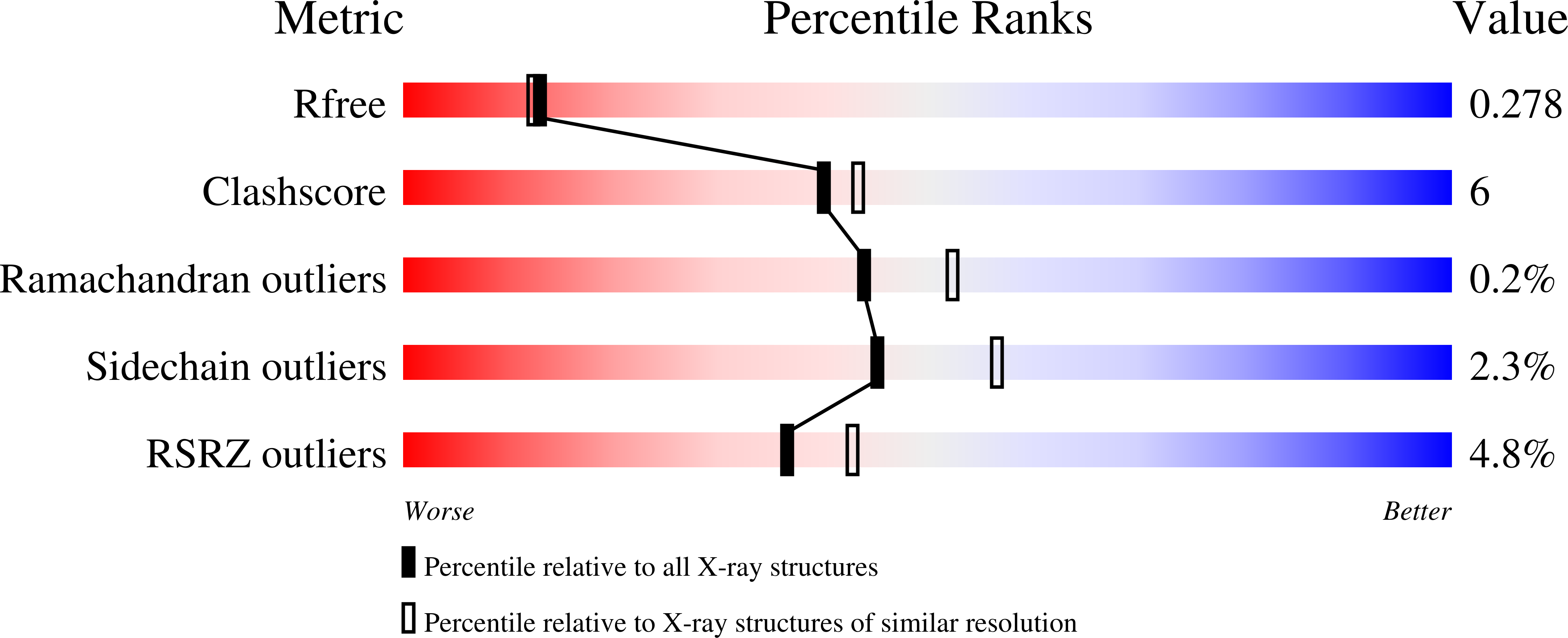
Deposition Date
2024-03-04
Release Date
2025-01-15
Last Version Date
2025-02-05
Entry Detail
PDB ID:
8S7P
Keywords:
Title:
Vanillyl-alcohol dehydrogenase from Marinicaulis flavus
Biological Source:
Source Organism:
Marinicaulis flavus (Taxon ID: 2058213)
Host Organism:
Method Details:
Experimental Method:
Resolution:
2.35 Å
R-Value Free:
0.27
R-Value Work:
0.22
R-Value Observed:
0.23
Space Group:
C 2 2 21


